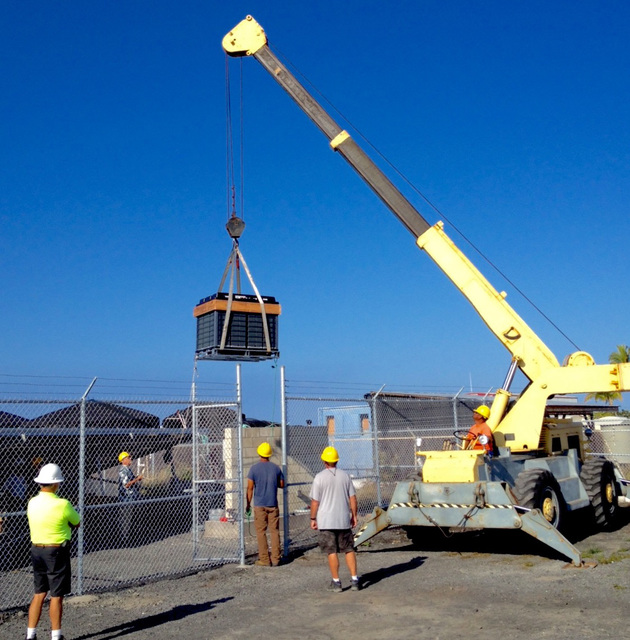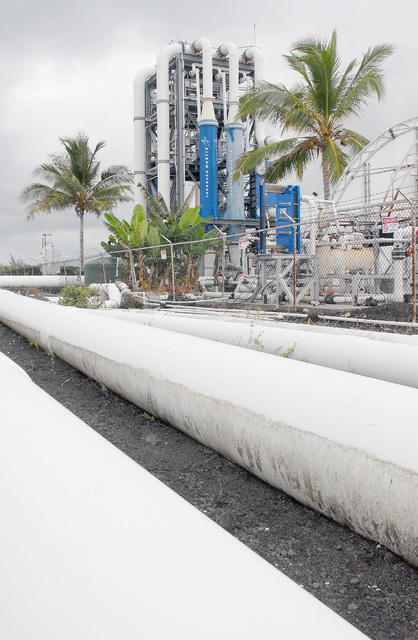A large national laboratory has joined forces with the Natural Energy Laboratory of Hawaii Authority for the installation of an energy storage demonstration system in Kona. ADVERTISING A large national laboratory has joined forces with the Natural Energy Laboratory of
A large national laboratory has joined forces with the Natural Energy Laboratory of Hawaii Authority for the installation of an energy storage demonstration system in Kona.
Sandia National Laboratories, operated and managed by Sandia Corp., a wholly owned subsidiary of Lockheed Martin Corp., has entered a memorandum of agreement with NELHA to express their intent to collaborate on the implementation of Electrical Energy Storage, or ESS, into innovative renewable energy projects at the Hawaii Ocean Science and Technology Park.
According to a release, the partnership means the two organizations will work together to coordinate, share information, encourage and plan for ESS related activities.
NELHA Executive Director Gregory Barbour said the effort builds upon last year’s initiative by Hawaii County, Hawaiian Electric Light Co. and NELHA to cooperate, share resources and attract companies interested in testing and evaluating pre-commercial energy storage units on the island.
Barbour said the idea is in the future to provide validation of new devices or batteries for long-term investments that last many years.
The facility will test the devices to keep track of their power, storage capabilities, and efficiency to help companies make decisions about investment, he said.
“We’re not certifying batteries, but providing third party data,” he said.
Sandia and NELHA have been working together to bring online and evaluate the first of three ESS systems to be installed at NELHA’s new energy storage test bed. The 21.9 kilowatt-hour M100 battery module by Aquion Energy Inc. was installed in March by Hawaii Island-based Renewable Energy Services.
That same company signed an agreement in January to supply a one megawatt-hour battery system as part of an off-grid solar microgrid at Bakken Hale.
Laurence Sombardier, chief marketing officer at NELHA, said the sodium-ion battery will be monitored during the next few months.
A second ESS system by a different manufacturer is expected to come online later this year, she said.
“The first step is to evaluate the current system. We’ll be evaluating that for a minimum of six months,” she said. “The next step is to install two other units. We have space for a total of three 10 kwh units.”
Sombardier said Sandia’s expertise is monitoring and evaluating battery performance.
She said these batteries could help solve issues with the grid as they could store renewable energy, which fluctuates, until its needed.
“One solution to incorporate more renewable energy in the island grid is to include the use of energy storage,” she said.
“NELHA’s efforts are critical at this time because Hawaii desperately needs energy storage systems that can help improve power reliability and resiliency while allowing for higher penetration of renewable energy source. Through the installation at NELHA, we plan to demonstrate to the Hawaii market that our battery systems are high performance, safe, and cost effective and the only non-toxic and environmentally-friendly battery in the world,” Ted Wiley, founder and vice president of product and corporate strategy at Aquion Energy, said in a statement.






